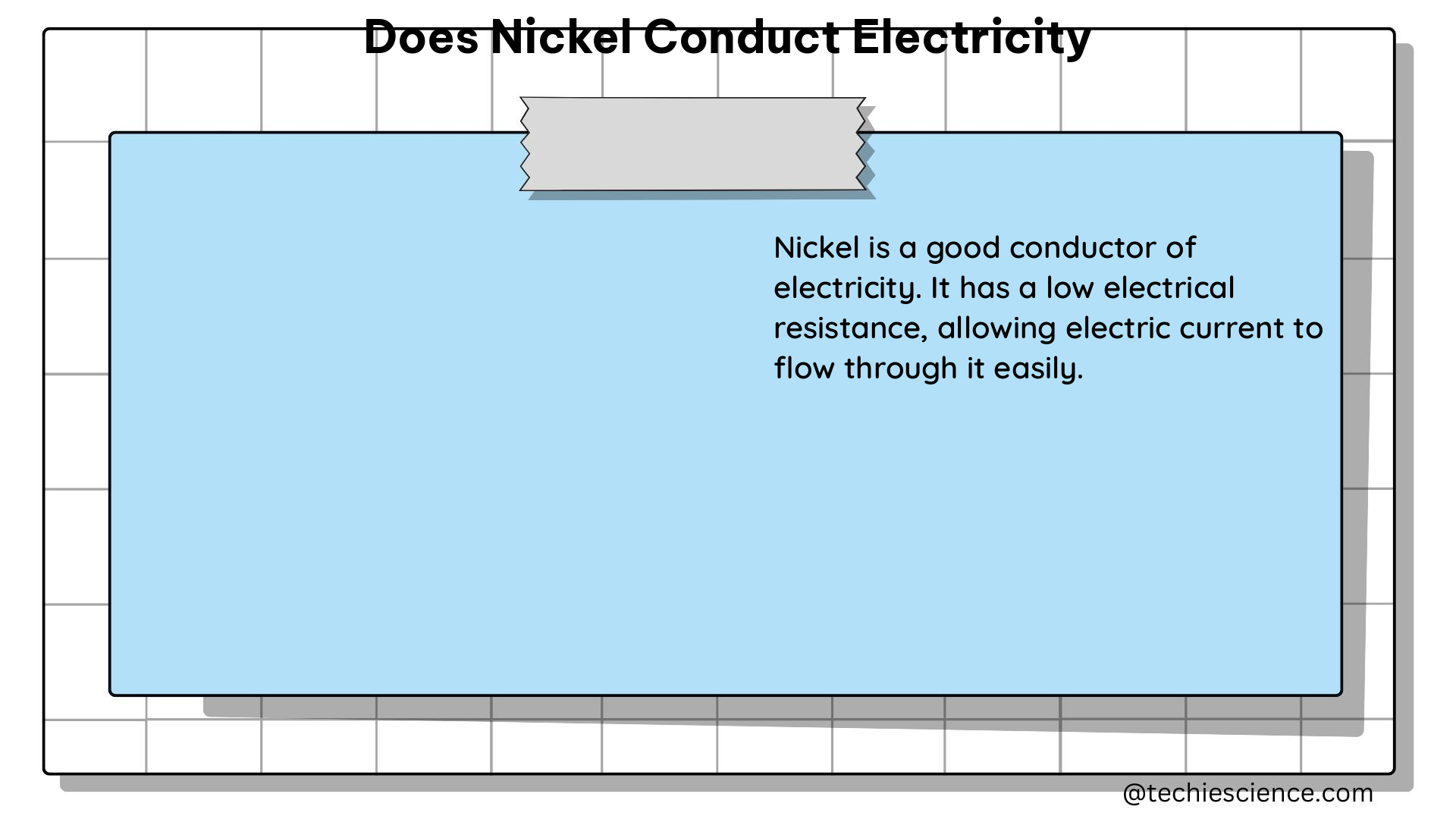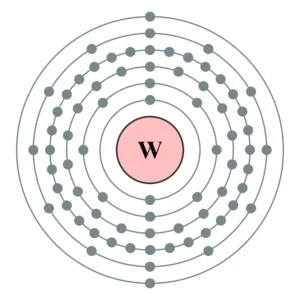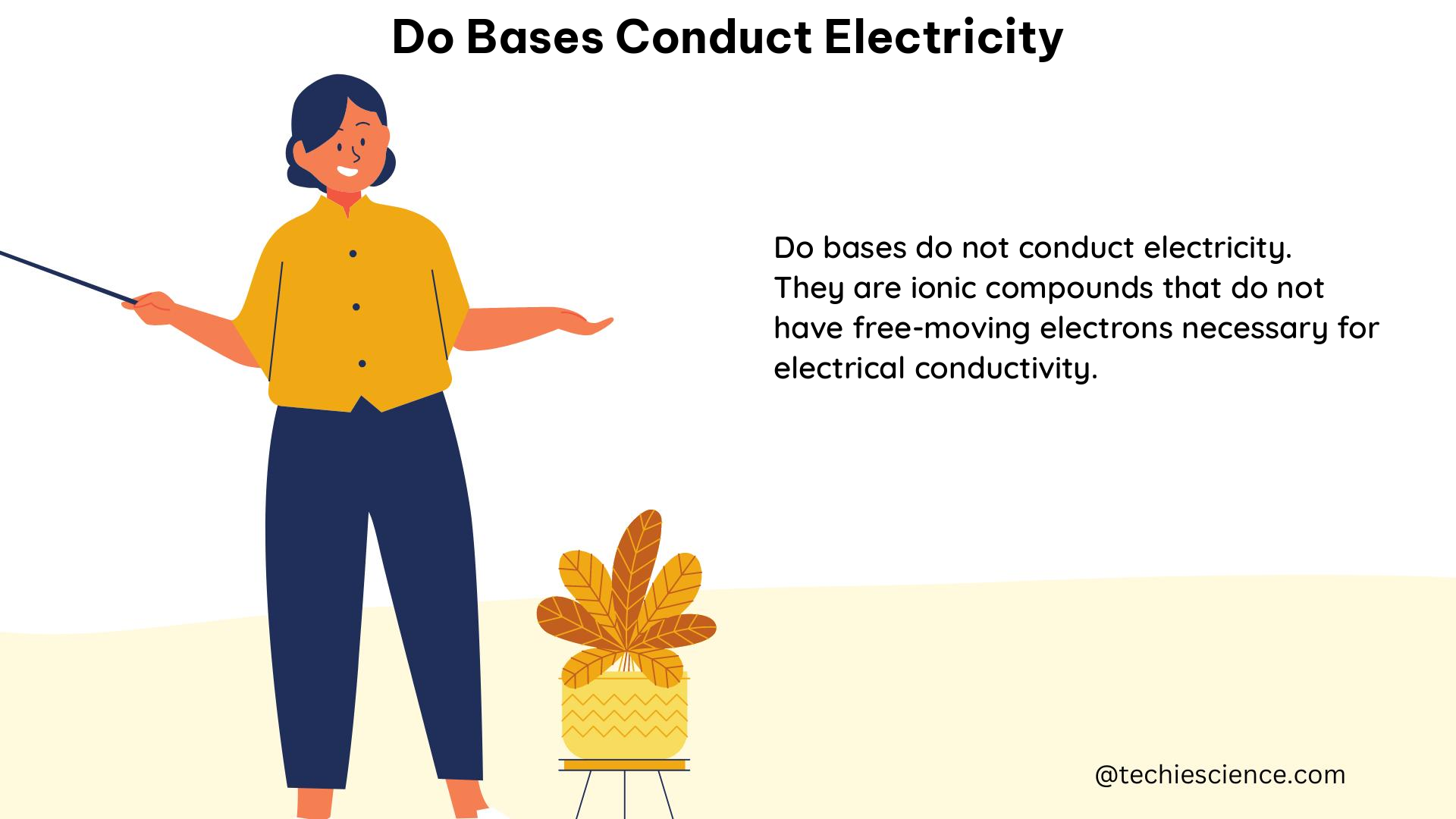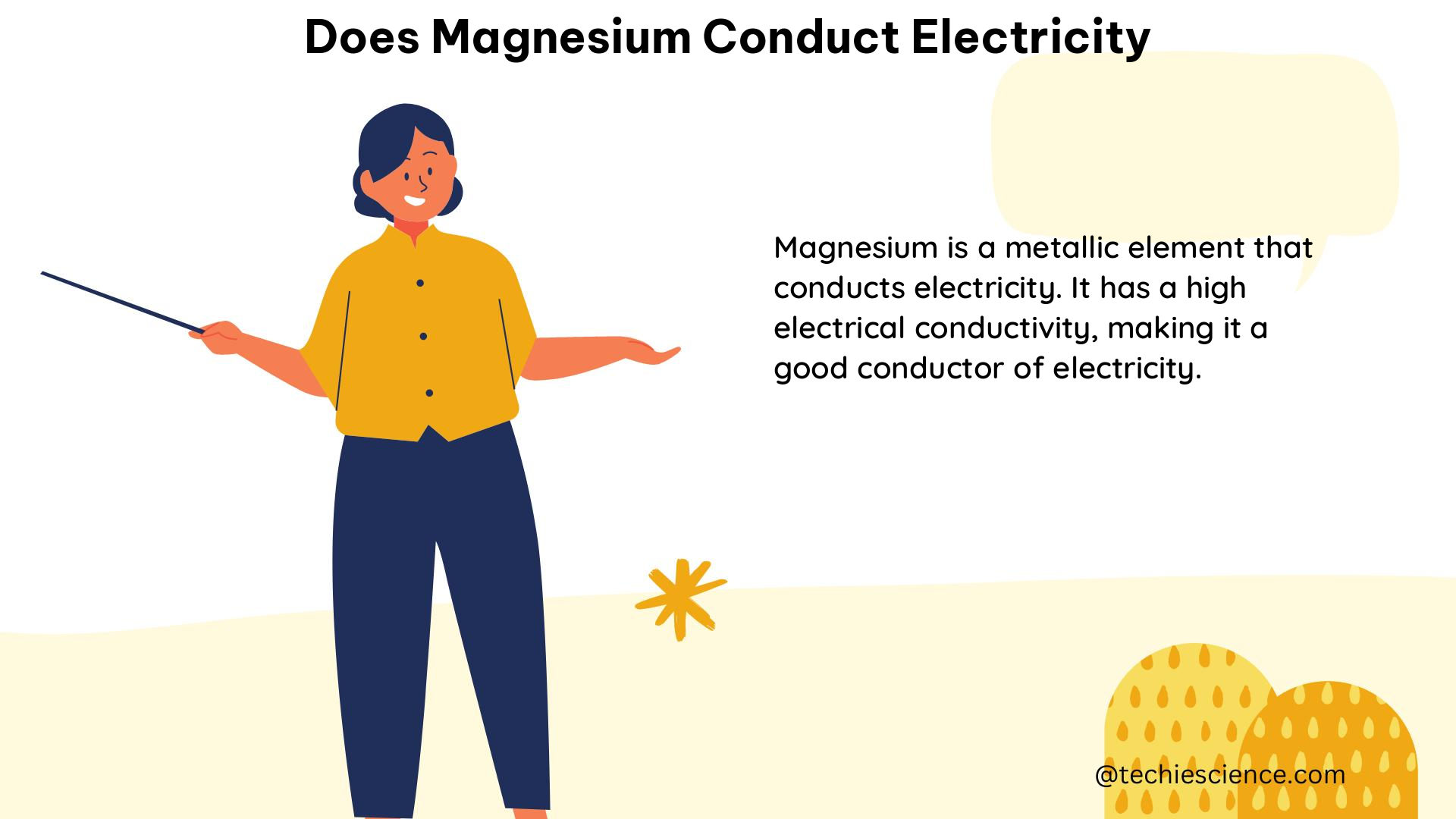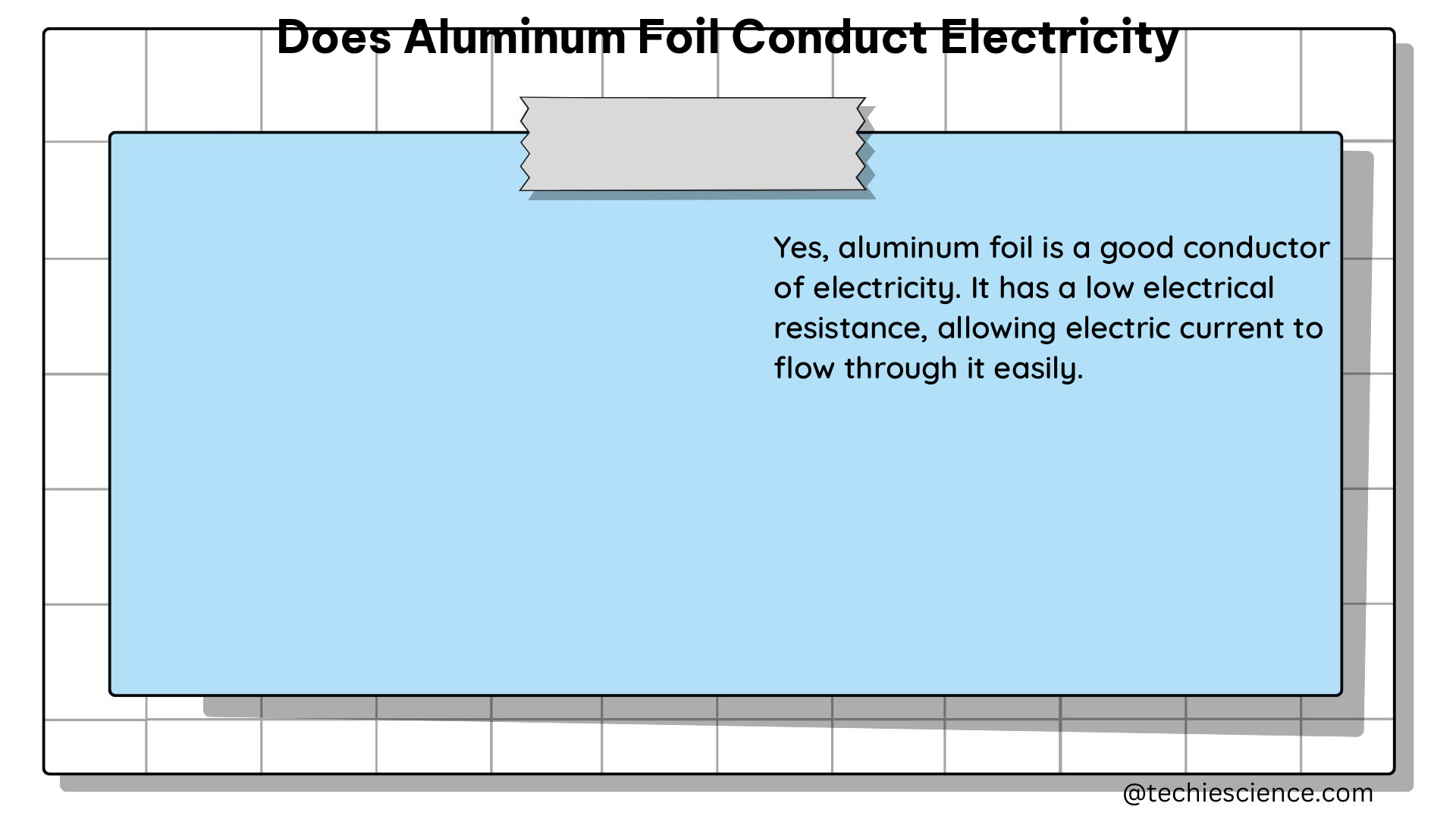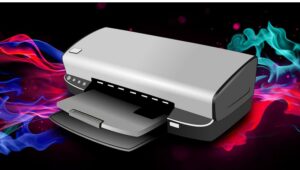Static electricity is a fascinating and often misunderstood phenomenon that plays a crucial role in various industries and everyday life. This comprehensive guide delves into the intricacies of static electricity flow, providing a wealth of technical details and practical insights to help you navigate this complex topic.
Understanding Static Electricity
Static electricity is the result of an imbalance of electric charges on the surface of a material, typically caused by the transfer of electrons between two objects. This surplus or deficit of electrons is measured in Coulombs, although it is not possible to directly measure the charge in a material using this unit. Instead, the electric field strength or surface voltage related to the static charge is measured, which is the accepted method in the industry.
The relationship between the electric field strength and voltage is that the former is the voltage gradient at any point. This means that the electric field strength is the rate of change of the voltage per unit distance.
Measuring Surface Voltage

Measuring surface voltage is a crucial step in understanding and controlling static electricity. This is typically done using a meter that measures the voltage across a capacitor, which varies directly with the charge. One such example is the Fraser 715 Static Meter, which measures surface voltage using a capacitor with a fixed capacitance. The charge Q varies directly with the voltage V, according to the formula:
Q = C * V
Where:
– Q is the charge in Coulombs
– C is the capacitance in Farads
– V is the voltage in Volts
The Fraser 715 Static Meter is simple to use and highly effective in analyzing static electricity problems, making it ideal for non-hazardous environments. For hazardous environments, Fraser offers the EX-715 Static Meter, which is ATEX and IECEx certified for use in Zones 1 and 2.
Measuring Surface Resistance
Measuring surface resistance is also crucial for understanding the effectiveness of temporary electrostatic adhesion between two materials. For adhesion to be effective, at least one of the materials must be a good insulator, and the insulator must act as an electrical barrier to the static charge.
The critical level of surface resistivity for effective electrostatic adhesion is 10^10 Ohms/Square. If the resistance is below this figure, good electrostatic adhesion is not possible. The hand-held Fraser 740 Surface Resistance Meter is an ideal tool for measuring this parameter, as well as the resistance to earth as needed.
Measuring Liquid Conductivity
Measuring the conductivity of liquids is essential for controlling ignition hazards in industrial operations that involve the motion of low-conductivity liquids, such as fuels and solvents. The Fraser L40 Liquid Conductivity Meter outperforms many instruments by measuring electrical conductivity to below 1 pS.m-1 (picoSiemens/metre), which is crucial for determining ignition hazards.
The conductivity of a liquid is directly related to its ability to conduct electric current, and is measured in Siemens per meter (S/m). The formula for conductivity is:
σ = 1 / ρ
Where:
– σ is the conductivity in S/m
– ρ is the resistivity in Ohm-m
By measuring the liquid conductivity, you can assess the potential for static charge buildup and take appropriate measures to mitigate the risk of ignition.
Practical Applications and Hazards
Measuring static electricity is crucial for identifying potential hazards in various environments, particularly in industrial settings where a buildup of static electricity can lead to fires or explosions. Some common applications and hazards include:
-
Explosive Atmospheres: In environments with flammable gases, vapors, or dusts, a static electricity discharge can ignite the surrounding atmosphere, leading to a potentially catastrophic explosion.
-
Electrostatic Discharge (ESD): Static electricity buildup can cause sudden, high-voltage discharges that can damage sensitive electronic components or trigger the ignition of flammable materials.
-
Electrostatic Adhesion: Uncontrolled static electricity can lead to the unwanted adhesion of materials, causing issues in manufacturing processes or material handling.
-
Particle Attraction and Deposition: Static electricity can cause the attraction and deposition of particles, which can be problematic in clean rooms, pharmaceutical manufacturing, and other sensitive environments.
By measuring the static charge, voltage, surface resistance, and liquid conductivity, you can take proactive steps to mitigate these hazards and ensure a safe working environment.
Conclusion
Mastering the flow of static electricity is essential for maintaining a safe and efficient working environment, particularly in industries where the buildup of static charge can pose significant risks. By understanding the principles of static electricity measurement and utilizing the appropriate tools and techniques, you can effectively identify and address potential hazards, ensuring the safety of your operations and the well-being of your workforce.
References
- Measurement of Static Electricity – Fraser Anti-Static Techniques, 2020-11-27, https://fraser-antistatic.com/knowledge-centre/insights/measurement-of-static-electricity/
- Control of Static Electricity in Industry – ISSEHS, https://www.issehs.com/additional-resources/staticelectricity-MIE-Dust-Explosion.pdf
- Can Static Electricity be Measured and How Dangerous Can it Be? – Physics Forums, 2014-05-07, https://www.physicsforums.com/threads/can-static-electricity-be-measured-and-how-dangerous-can-it-be.752719/
